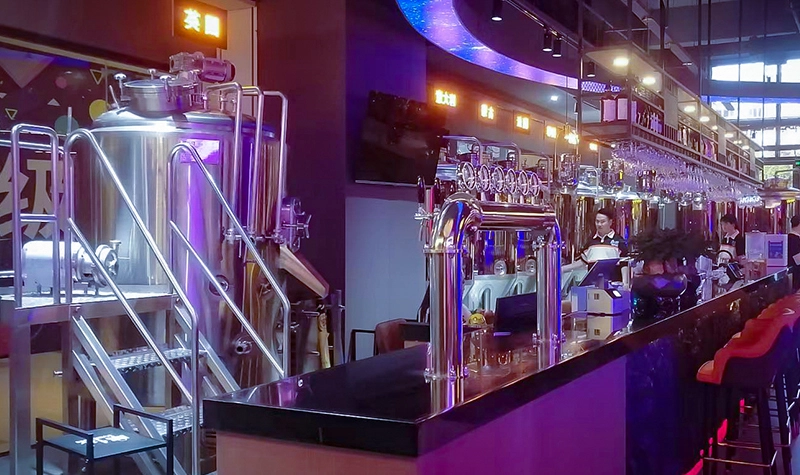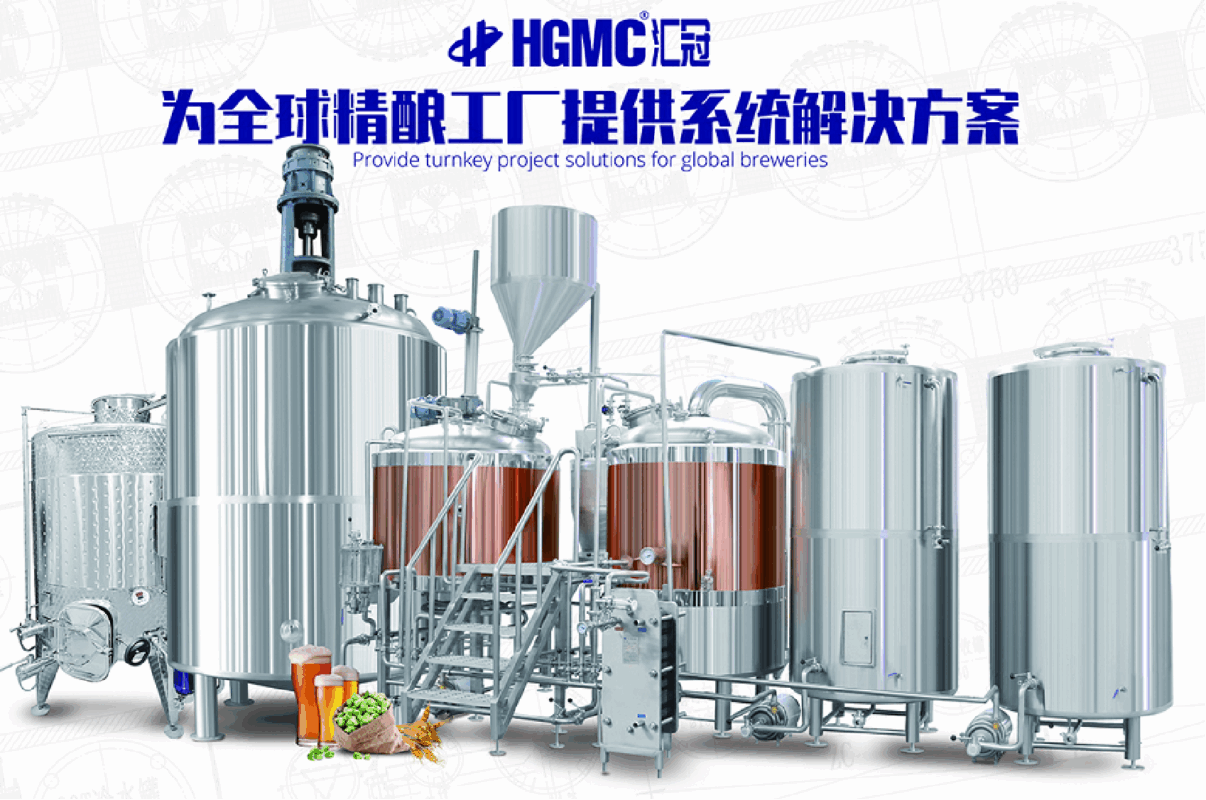Ever wondered why a crisp lager refreshes on a summer day, while a velvety stout warms your soul in winter? The magic lies not just in ingredients, but in *how* brewers harness time, temperature, and tiny microorganisms to create radically different experiences. Let’s dive into the alchemy of brewing these beloved styles.
Brewing is equal parts microbiology and poetry. Whether it’s a lager’s precision or a stout’s boldness, each sip tells a story of transformation.” — Dr. Elena Martinez, Master Brewer
From the fiery roast of stout malt to the patient chill of a lager cellar, beer is a dance between science and soul. Next time you raise a glass, remember: you’re tasting centuries of ingenuity—and the relentless creativity of modern brewers rewriting the rules.

Craft Beer Brewing Process and Differences Between Styles
Compared to mass-produced industrial beer, craft beer places greater emphasis on ingredient selection, meticulous techniques, and flavor diversity. The main steps in the craft beer brewing process and their distinguishing features are as follows:
1. Malting: Craft beers often use high-quality malt, sometimes incorporating unmalted grains and other adjuncts. Malting involves steeping, germination, drying, and kilning the grain. This step determines the beer’s base flavor and color.
2. Mashing: The malt is crushed and mixed with hot water to extract sugars, forming wort. The mashing process in craft brewing may be more detailed to ensure optimal flavor extraction.
3. Lautering: The wort is separated from the spent grain solids. Craft brewers might aim to retain a certain level of particles to enhance mouthfeel.
4. Boiling: The wort is boiled, and hops are added to provide bitterness and aroma. Craft brewers often add different hop varieties at various times during the boil to create complex flavor profiles.
5. Whirlpooling: After boiling, the wort is allowed to rest, facilitating the settling of solids (hot break and hops).
6. Cooling: The wort must be rapidly cooled to fermentation temperature. Craft brewers often use specialized heat exchangers for fast and uniform cooling.
7. Fermentation: Yeast is added to the cooled wort to begin fermentation. Craft beer typically uses specific yeast strains that impart unique flavors. Fermentation times are usually longer than in industrial brewing to ensure complete fermentation.
8. Conditioning/Maturation: After primary fermentation, the beer is often conditioned (lagered or aged) at specific temperatures to allow flavors to develop and mature.
9. Packaging: Finally, the beer may be filtered to remove yeast and other solids before packaging. Craft beer is often packaged unfiltered to retain its natural flavors and cloudiness.
Differences Between Styles:
The primary distinctions between different craft beer styles lie in:
* Ingredients: Types of malt (e.g., base malts vs. roasted malts) and hops used.
* Fermentation Method: Top-fermenting (Ale yeast) vs. bottom-fermenting (Lager yeast).
* Fermentation Time & Temperature: Varies significantly between styles (e.g., fast warm ales vs. slow cold lagers).
* Yeast Strain Selection: Specific strains impart characteristic esters, phenols, or clean profiles.
* Post-Fermentation Processing: Methods like dry hopping, barrel aging, souring techniques, and whether pasteurization or filtration is used.
These factors collectively influence the beer’s flavor, aroma, mouthfeel, appearance, and alcohol content. For instance, IPAs (India Pale Ales) typically feature high hop levels and pronounced bitterness, while Stouts are characterized by their dark color, rich roasted flavors (like coffee or chocolate), and often higher alcohol content. The diversity and complexity of craft beer stem precisely from these variations in technique and ingredients.

Conclusion
Good craft beer must be made with good equipment,When it comes to brewing equipment, choosing the right supplier is as critical as the equipment itself. Amongst the plethora of suppliers, HGMC as one of the Chinese three vessel brewing system suppliers.HGMC is a leading equipment manufacturer specializing in beer brewing equipment for breweries of all sizes. From design to installation and training, we offer comprehensive services. Our product range includes equipment for mash, fermentation, yeast enlargement, filtration, CIP cleaning, filling, control systems, and more, catering to the production of various beverages. Let’s delve deeper into what makes HGMC a top choice:
Rich Legacy: HGMC over 23 years of industry experience. This deep-rooted expertise translates into equipment that’s both innovative and reliable.
Customization at its Best: One of the standout features of HGMC is their emphasis on customization. They ensure every project, whether custom-designed or pre-made, aligns perfectly with the customer’s requirements.
State-of-the-Art Manufacturing: HGMC’s manufacturing plant, spanning an impressive 30,000 m2 , is a testament to their commitment to quality. Equipped with cutting-edge technology, this facility ensures every piece of equipment meets global standards.
Versatile Product Range: Beyond just beer brewing equipment, HGMC caters to a diverse range of beverages equipment, including cold brewed coffee, kombucha, infused teas, and wine. This versatility ensures that clients across various beverage sectors find solutions tailored to their needs.
Global Outreach: HGMC isn’t just limited to China. Their global reach, coupled with a commitment to providing unparalleled service, ensures customers worldwide can benefit from their top-tier brewing systems.
Choosing a supplier like HGMC is opting for a blend of innovation, quality, and service, ensuring your brewing venture is set on the path to success.
3000L Brewery Equipment
2000L Brewery Equipment
1000L Brewery Equipment
800L Brewery Equipment
300L Brewery Equipment

